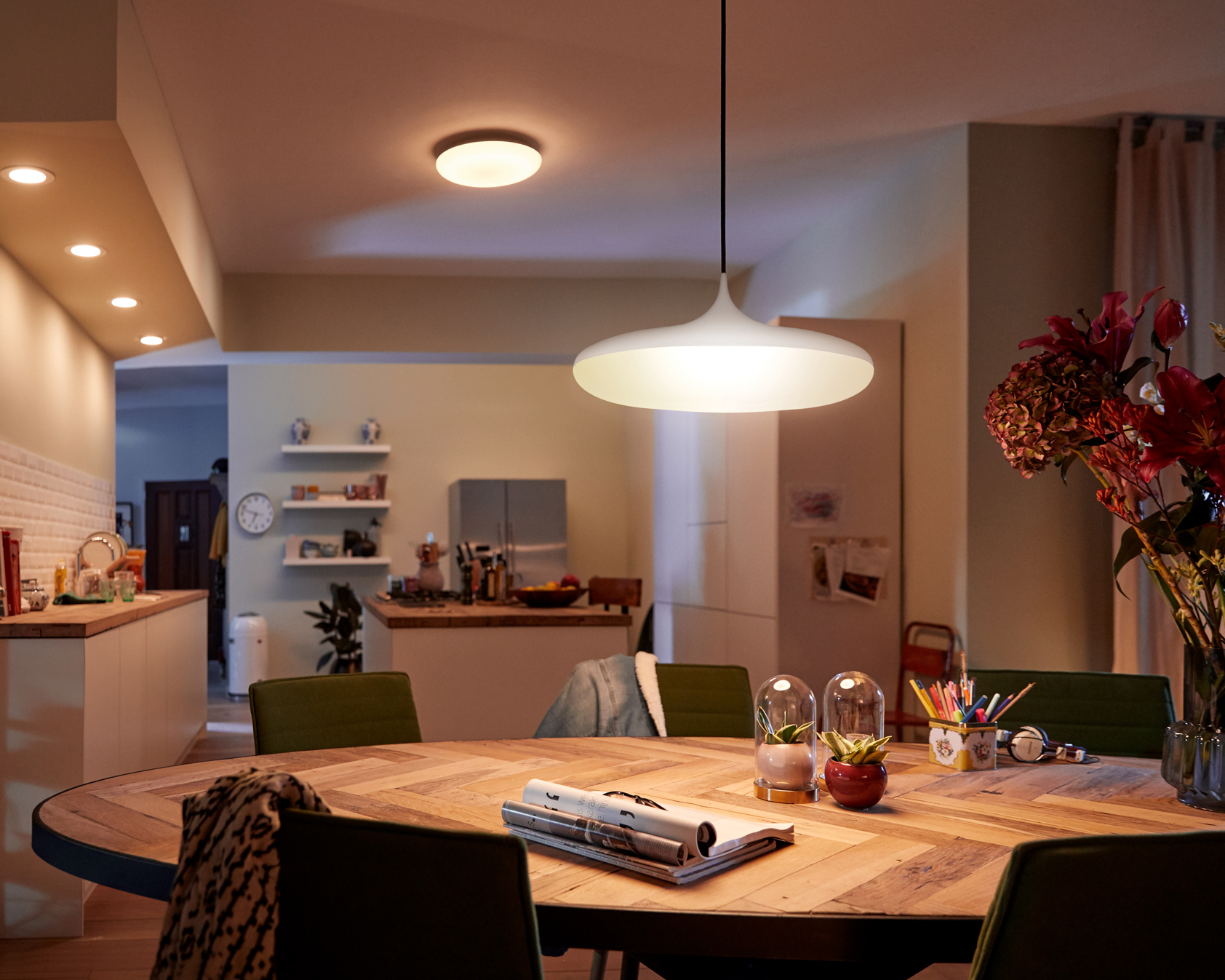
Do you ever feel like your smart home could be working harder for you? You’re probably right: unless you’ve upgraded everything, got things to your liking and explored full automation, then you’re not getting the most out of your new setup.
For plenty of people, a simple integration is enough. But if you want things to run a bit smoother in 2024, then here are some tips to get your smart home firing on all cylinders.
1. Fill the missing gaps
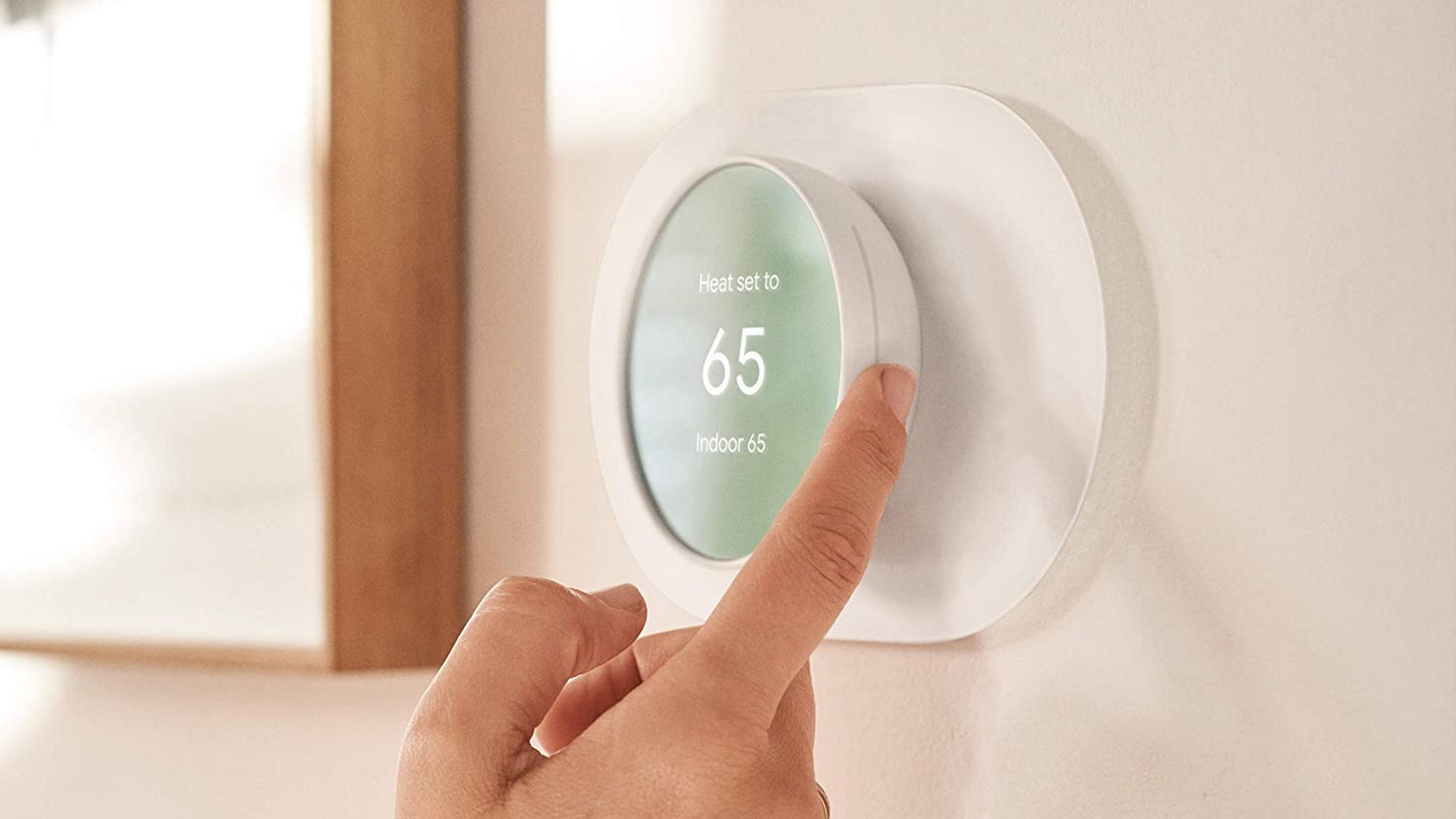
There’s a huge array of smart home technology, and while not everything needs to be smart, you may be missing a trick if there’s something you use every day which isn’t connected.
This might simply be a case of replacing your old bulbs with smart lights when they burn out, but you can be more proactive if you like.
Maybe it’s time to upgrade to a smart thermostat like the Google Nest which can learn your routines and make the house toasty when you need it? Perhaps you want to install smart blinds in your bedroom to perfect that nighttime routine? Or maybe you want a robot litter box for your cat to save the daily hell of scooping?
If you can think of it, chances are someone has made it smart.
2. Make your dumb tech smart
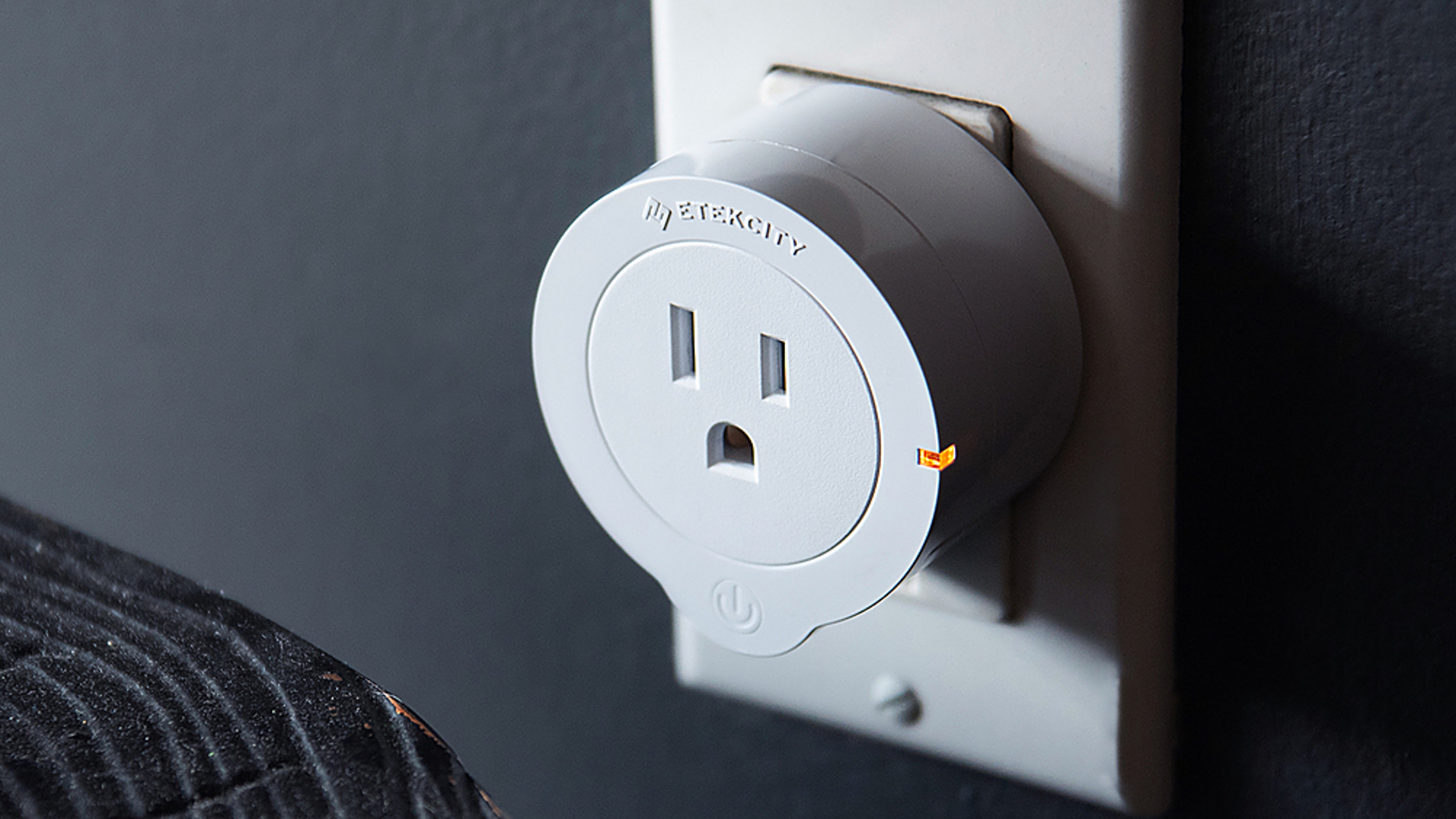
But what if someone hasn’t thought of the smart tech you want or — more likely — you’re perfectly happy with your dumb tech and don’t want to replace it?
This is where smart plugs come in. Here, it’s the outlet that’s WiFi connected, meaning you can control when power goes through to the device, essentially making most appliances smart.
There are plenty of genius smart plug ideas, but assuming the device does its job as soon as power is supplied, the limit is your imagination.
3. Make yourself heard throughout the house
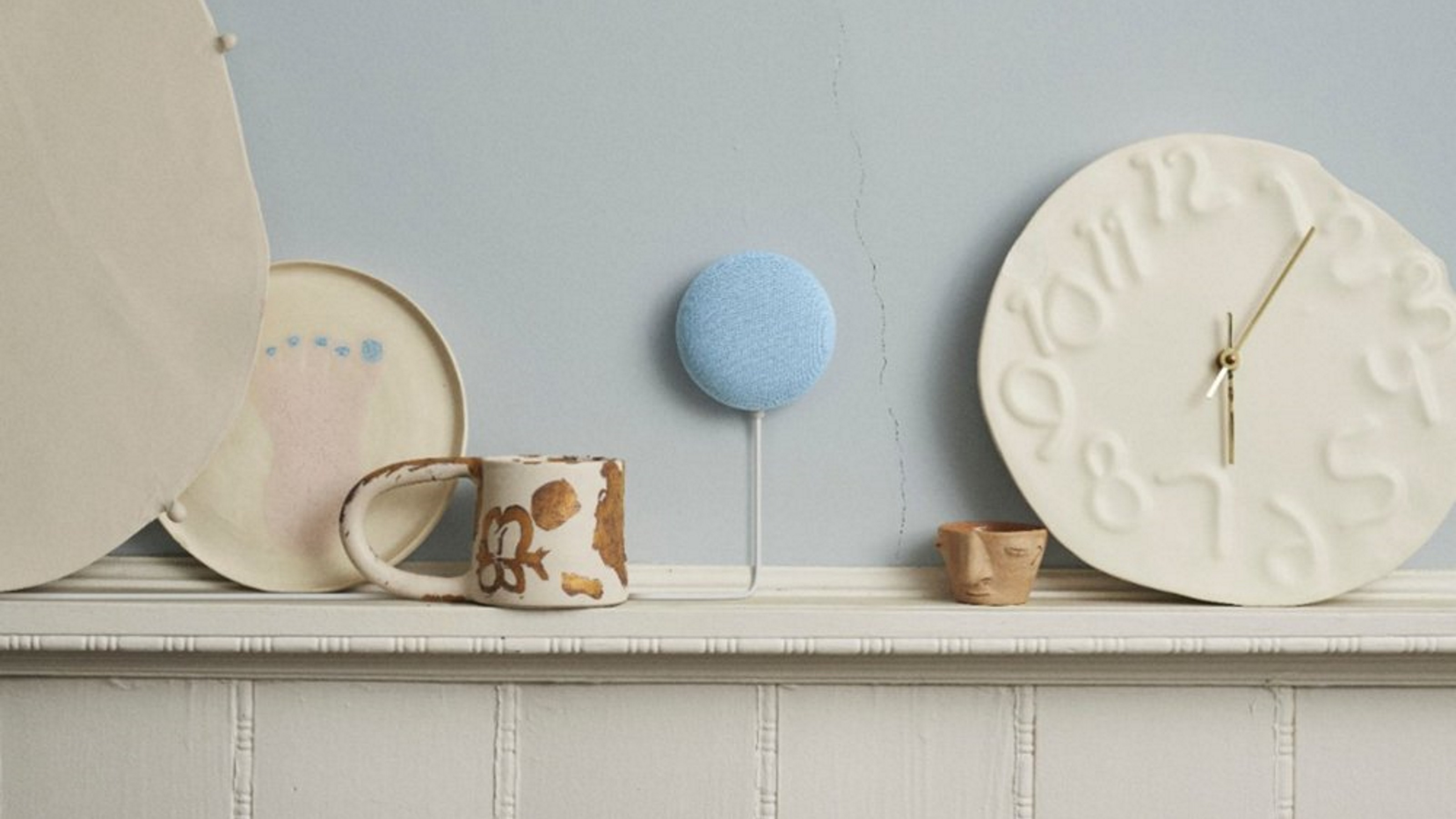
While you can interact with your smart home via apps, it’s far more natural to use your voice with a smart speaker. But can you be heard throughout the house?
It’s actually not too expensive to add additional speakers to any room where there’s a power outlet. For Apple homes, the $100 Apple HomePod Mini is cheaper than the full-size HomePod but with the same functionality, and if you’re into Google Assistant, then the Google Nest Mini is half that at $50 at Best Buy.
If you’re all in on Alexa, you’re spoiled for choice with all kinds of options for rooms where sound quality isn’t that important. The Echo Pop ($40 from Amazon) is Amazon’s current choice, but if you can find one the Echo Flex is literally a plug with Alexa built in, giving you voice controls everywhere. Amazon no longer sells it, but you should be able to find it on the cheap on the usual second-hand marketplaces.
4. Remember it’s not all about voice
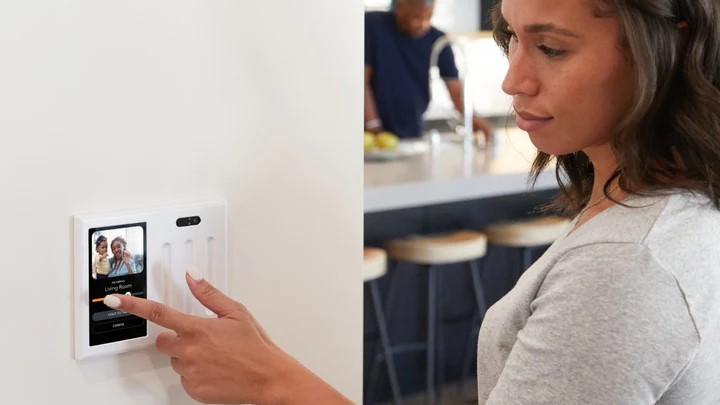
Although voice controls are handy and give your home a futuristic feel, sometimes you can’t beat the tactility of physical controls.
Aurora smart bulb dimmers from Lutron provide old-school dimmer switches to Philips Hue and Zigbee-certified smart lights giving you the best of both worlds.
Alternatively, if you want to fully embrace the futuristic look, you may want to consider the Brilliant Smart Home Panel, which adds physical smart home controls to your wall.
5. Get clever with automation
Beyond being able to control your devices from anywhere with an internet connection, the real magic of the smart home is the ability to automate things. Yes, plenty of smart devices will self-automate via learned behavior, but you can also program them to your liking too.
That needn’t be overly complicated either. If you use Amazon Echos and Alexa as your smart home hub, you can write your own routines. As the video below shows, Amazon has made this nice and straightforward.
Alternatively, you can dig into automation pre-made by others using IFTTT (If This, Then That). Perhaps you want an applet that changes your smart lights’ color when it rains, or one that enables dry mode on an air conditioner when the humidity gets too high?
6. Sort out your WiFi once and for all
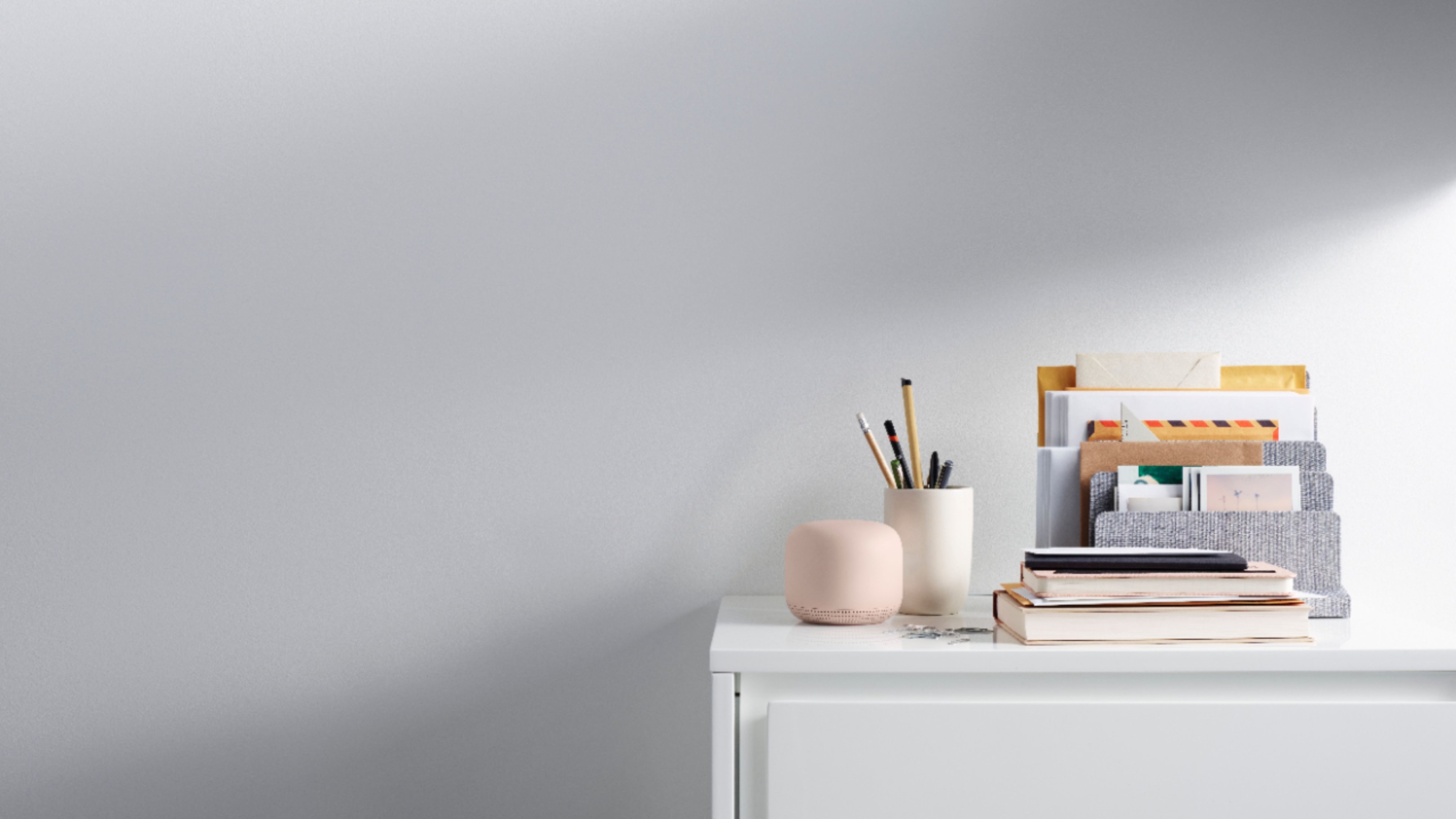
You can have the most intelligent smart home in the world, but if your WiFi isn’t reliable, then your smart home devices won’t be either.
If you've already sorted where to put a wifi router in a house and your internet is still patchy, all might not be lost. For larger homes — or old builds with thick walls — you may just need one of the best mesh WiFi systems to improve your connectivity.
These contain a central router and a number of satellite notes that you place around your house eliminating those WiFi not-spots. Brilliantly, these all have the same SSID and password, meaning you can seamlessly move from room to room.
For your smart home, this should make everything run that bit more smoothly — even for devices on the peripheries of your house.







